Bryan Burroughs in The Yale Review:
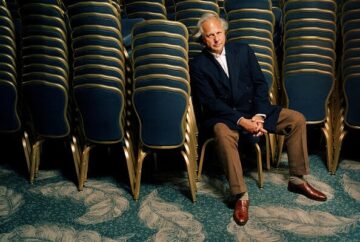 For sheer cushiness, there’s a case to be made that there has never been a more palatial home for writers than Vanity Fair during Graydon Carter’s twenty-five-year run as editor from 1992 to 2017—a halcyon era for magazines that, given the internet-fueled destruction of print publications over the last fifteen years, already feels like ages ago. I was a writer there for all of it, and I savored every minute. If I share my part of its story accurately, you will probably hate me.
For sheer cushiness, there’s a case to be made that there has never been a more palatial home for writers than Vanity Fair during Graydon Carter’s twenty-five-year run as editor from 1992 to 2017—a halcyon era for magazines that, given the internet-fueled destruction of print publications over the last fifteen years, already feels like ages ago. I was a writer there for all of it, and I savored every minute. If I share my part of its story accurately, you will probably hate me.
It is really Carter’s tale to tell, though. His winged impresario hair and singsong baritone made Graydon, as he was universally known, an icon of the period, a chortling counterpoint to The New Yorker’s Eustace Tilley mascot.
More here.
Enjoying the content on 3QD? Help keep us going by donating now.

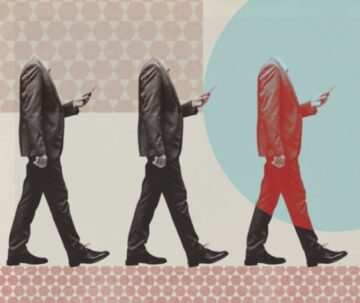 The classic liberal society of participatory institutions, competitive markets, and social mobility, which formerly nurtured and sustained the American belief in individual freedom and opportunity along with popular self-rule, is today scarcely a memory. In its place, the corporate organization of society—expanding for 150 years with its encompassing hierarchies and concentrations of power—recast American society and its popular practices and expectations. Amid the unending acceleration of production and technological innovation, omnipresent merchandisers and round-the-clock digital stimulants cajole and persuade individuals to pursue unprecedented enticements: indulgence in limitless appetitive striving and the pseudo-celebrity of ceaseless self-inflation. Facing an ever more constricting social reality and temptations ever less compatible with the core liberal virtues of moderation and self-restraint, Americans may wonder what is still liberal about their axiomatically liberal society. If the answer is cautionary, where does this leave us? And what options do we have?
The classic liberal society of participatory institutions, competitive markets, and social mobility, which formerly nurtured and sustained the American belief in individual freedom and opportunity along with popular self-rule, is today scarcely a memory. In its place, the corporate organization of society—expanding for 150 years with its encompassing hierarchies and concentrations of power—recast American society and its popular practices and expectations. Amid the unending acceleration of production and technological innovation, omnipresent merchandisers and round-the-clock digital stimulants cajole and persuade individuals to pursue unprecedented enticements: indulgence in limitless appetitive striving and the pseudo-celebrity of ceaseless self-inflation. Facing an ever more constricting social reality and temptations ever less compatible with the core liberal virtues of moderation and self-restraint, Americans may wonder what is still liberal about their axiomatically liberal society. If the answer is cautionary, where does this leave us? And what options do we have?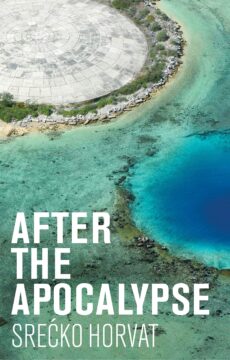
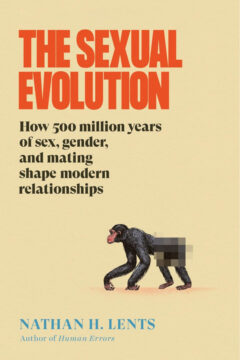 F
F A unique aspect of human developmental systems are our rich, cumulative cultures, which we inherit along with our genes. Thousands of years of gendered cultures, together with our evolved and unparalleled capacity for social learning, might have reduced the need for genes to be the ‘carriers’ of sex-linked behavioural features. Instead, as John Dupré, Daphna Joel and I have
A unique aspect of human developmental systems are our rich, cumulative cultures, which we inherit along with our genes. Thousands of years of gendered cultures, together with our evolved and unparalleled capacity for social learning, might have reduced the need for genes to be the ‘carriers’ of sex-linked behavioural features. Instead, as John Dupré, Daphna Joel and I have 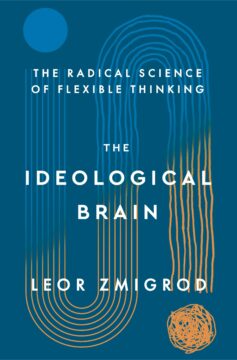 So sharp are partisan divisions these days that it can seem as if people are experiencing entirely different realities. Maybe they actually are, according to Leor Zmigrod, a neuroscientist and political psychologist at Cambridge University. In a new book, “The Ideological Brain: The Radical Science of Flexible Thinking,” Dr. Zmigrod explores the emerging evidence that brain physiology and biology help explain not just why people are prone to ideology but how they perceive and share information.
So sharp are partisan divisions these days that it can seem as if people are experiencing entirely different realities. Maybe they actually are, according to Leor Zmigrod, a neuroscientist and political psychologist at Cambridge University. In a new book, “The Ideological Brain: The Radical Science of Flexible Thinking,” Dr. Zmigrod explores the emerging evidence that brain physiology and biology help explain not just why people are prone to ideology but how they perceive and share information.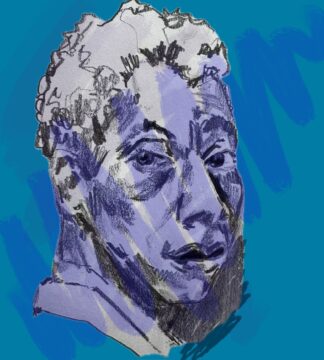 Among the many grievances aired by Norman Podhoretz in his insufferable 1967 memoir Making It is an already septic grudge concerning The New Yorker’s publication of James Baldwin’s most famous essay in 1962. Titled, following the magazine’s convention, “
Among the many grievances aired by Norman Podhoretz in his insufferable 1967 memoir Making It is an already septic grudge concerning The New Yorker’s publication of James Baldwin’s most famous essay in 1962. Titled, following the magazine’s convention, “ “That Cajun blackened shrimp recipe looks really good,” I tell my husband while scrolling through cooking videos online. The presenter describes it well: juicy, plump, smoky, a parade of spices. Without making the dish, I can only imagine how it tastes. But a new device inches us closer to recreating tastes from the digital world directly in our mouths. Smaller than a stamp, it contains a slurry of chemicals representing primary flavors like salty, sweet, sour, bitter, and savory (or umami). The reusable device mixes these together to mimic the taste of coffee, cake, and other foods and drinks.
“That Cajun blackened shrimp recipe looks really good,” I tell my husband while scrolling through cooking videos online. The presenter describes it well: juicy, plump, smoky, a parade of spices. Without making the dish, I can only imagine how it tastes. But a new device inches us closer to recreating tastes from the digital world directly in our mouths. Smaller than a stamp, it contains a slurry of chemicals representing primary flavors like salty, sweet, sour, bitter, and savory (or umami). The reusable device mixes these together to mimic the taste of coffee, cake, and other foods and drinks. Each balloon carried two copilots vying to prevail in the 1995 Coupe Aéronautique Gordon Bennett, ballooning’s oldest and most prestigious aeronautical race. The goal was to travel the farthest distance possible before landing. Only the world’s most daring and decorated aeronauts could claim a spot in the field. The race typically lasted one or two days, and occasionally stretched into a third. No Gordon Bennett balloon had ever flown a fourth night, but favorable weather and a stretch of newly opened airspace now made that feat attainable for the first time. “It was fabulous, and we knew it,” said Martin Stürzlinger, a member of the ground crew for a balloon called the D-Caribbean.
Each balloon carried two copilots vying to prevail in the 1995 Coupe Aéronautique Gordon Bennett, ballooning’s oldest and most prestigious aeronautical race. The goal was to travel the farthest distance possible before landing. Only the world’s most daring and decorated aeronauts could claim a spot in the field. The race typically lasted one or two days, and occasionally stretched into a third. No Gordon Bennett balloon had ever flown a fourth night, but favorable weather and a stretch of newly opened airspace now made that feat attainable for the first time. “It was fabulous, and we knew it,” said Martin Stürzlinger, a member of the ground crew for a balloon called the D-Caribbean.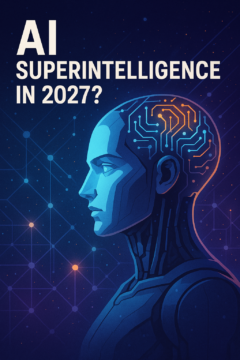
 The college essay is a deeply unfair way to select students for top colleges, one that is much more biased against the poor than standardized tests. The college essay wrongly encourages students to cast themselves as victims, to exaggerate the adversity they’ve faced, and to turn genuinely upsetting experiences into the focal point of their self-understanding. The college essay, dear reader, should be banned and banished and burned to the ground.
The college essay is a deeply unfair way to select students for top colleges, one that is much more biased against the poor than standardized tests. The college essay wrongly encourages students to cast themselves as victims, to exaggerate the adversity they’ve faced, and to turn genuinely upsetting experiences into the focal point of their self-understanding. The college essay, dear reader, should be banned and banished and burned to the ground. “T
“T A half generation
A half generation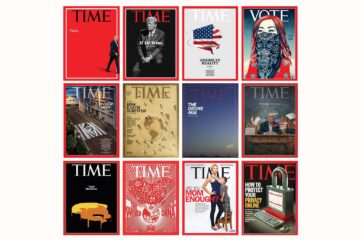 M
M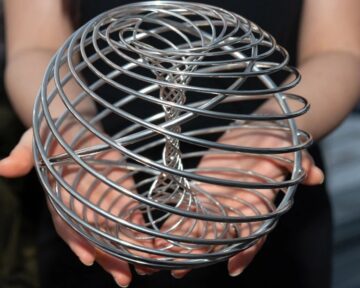 Five scientists who contributed to the development of the
Five scientists who contributed to the development of the